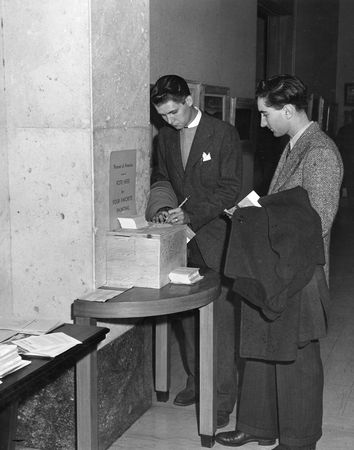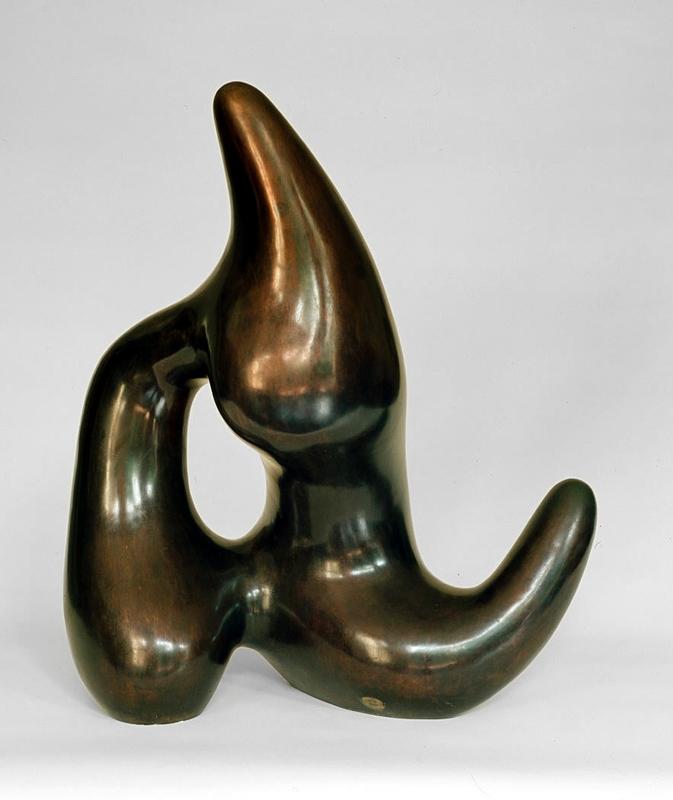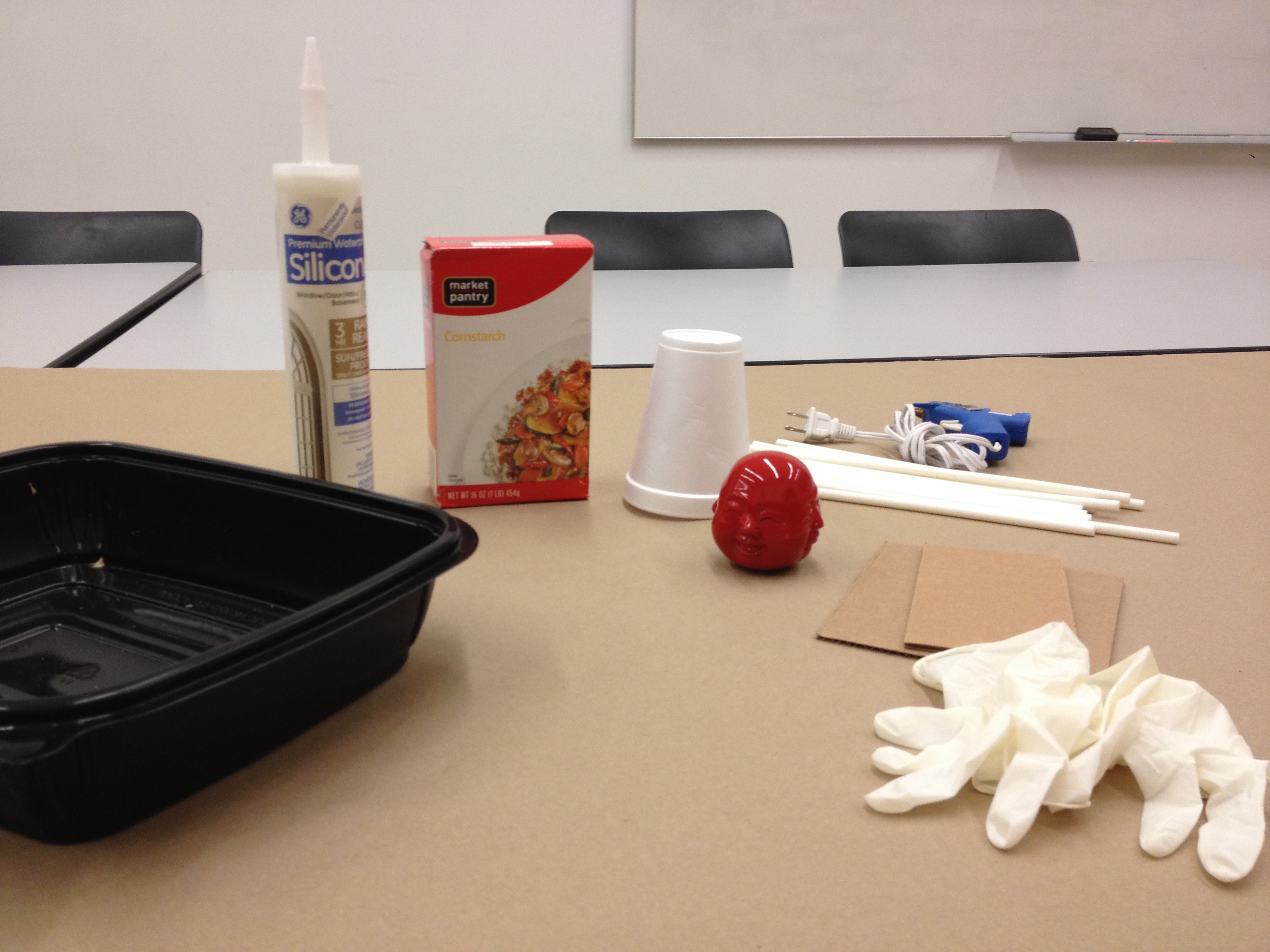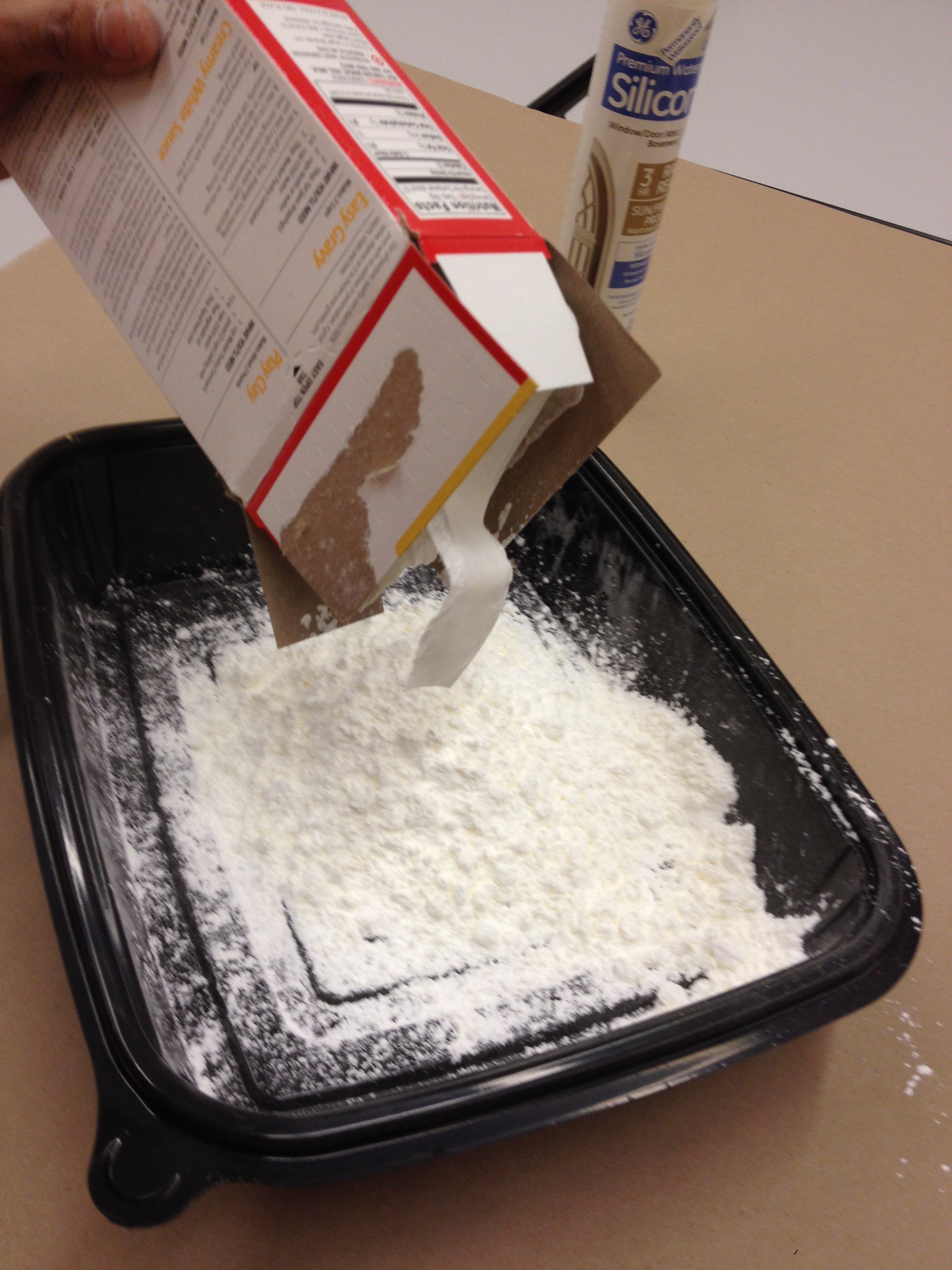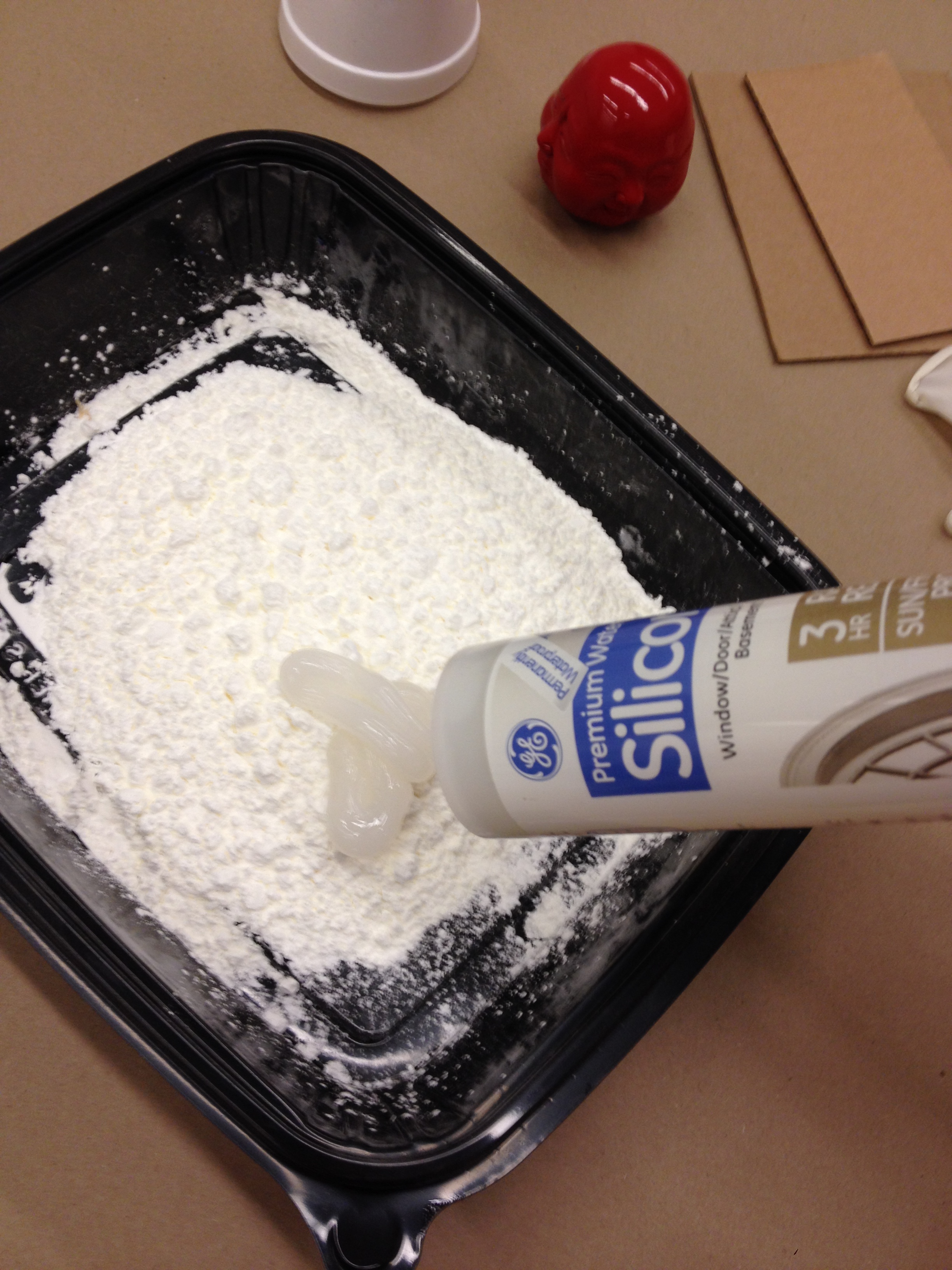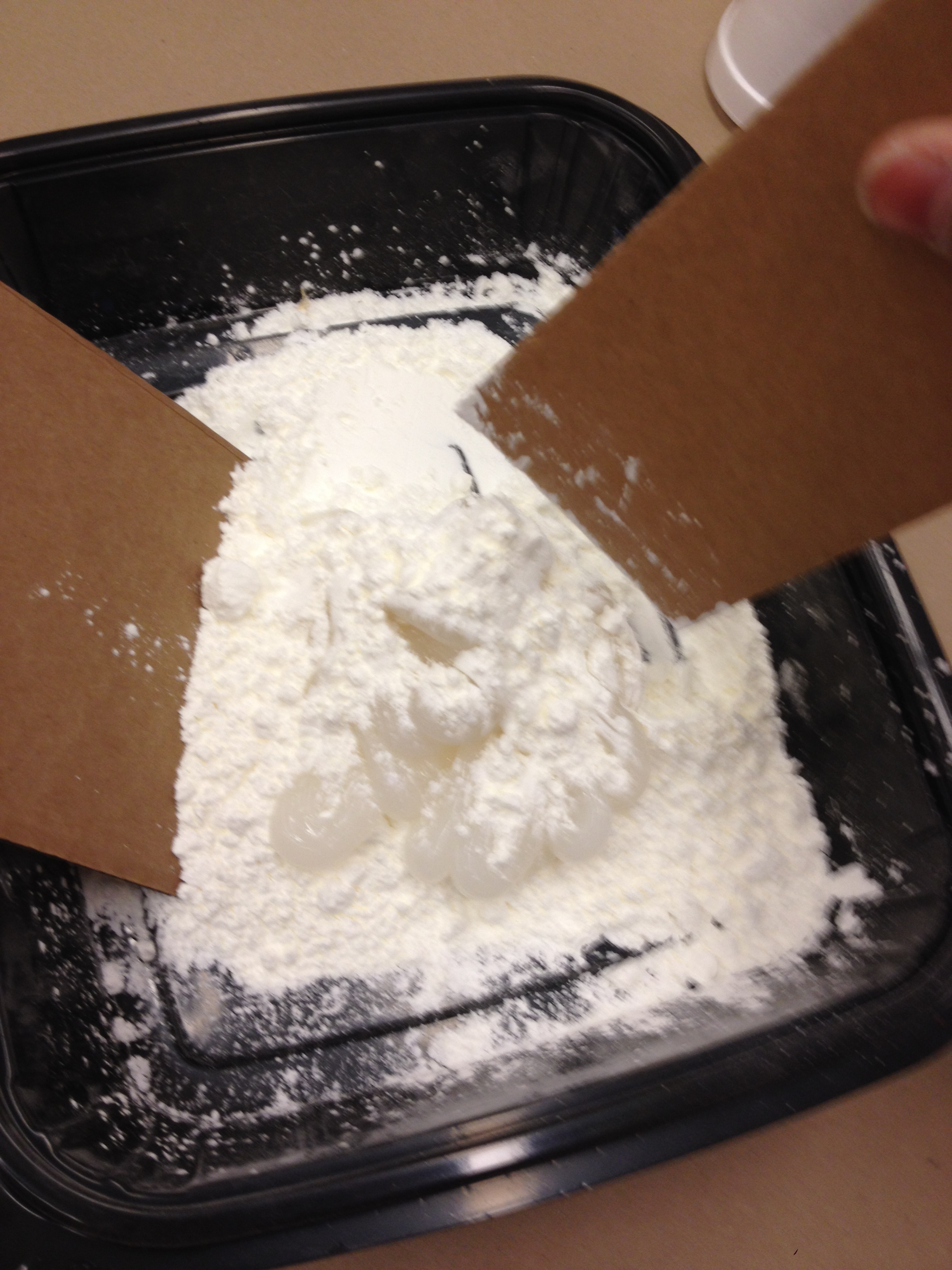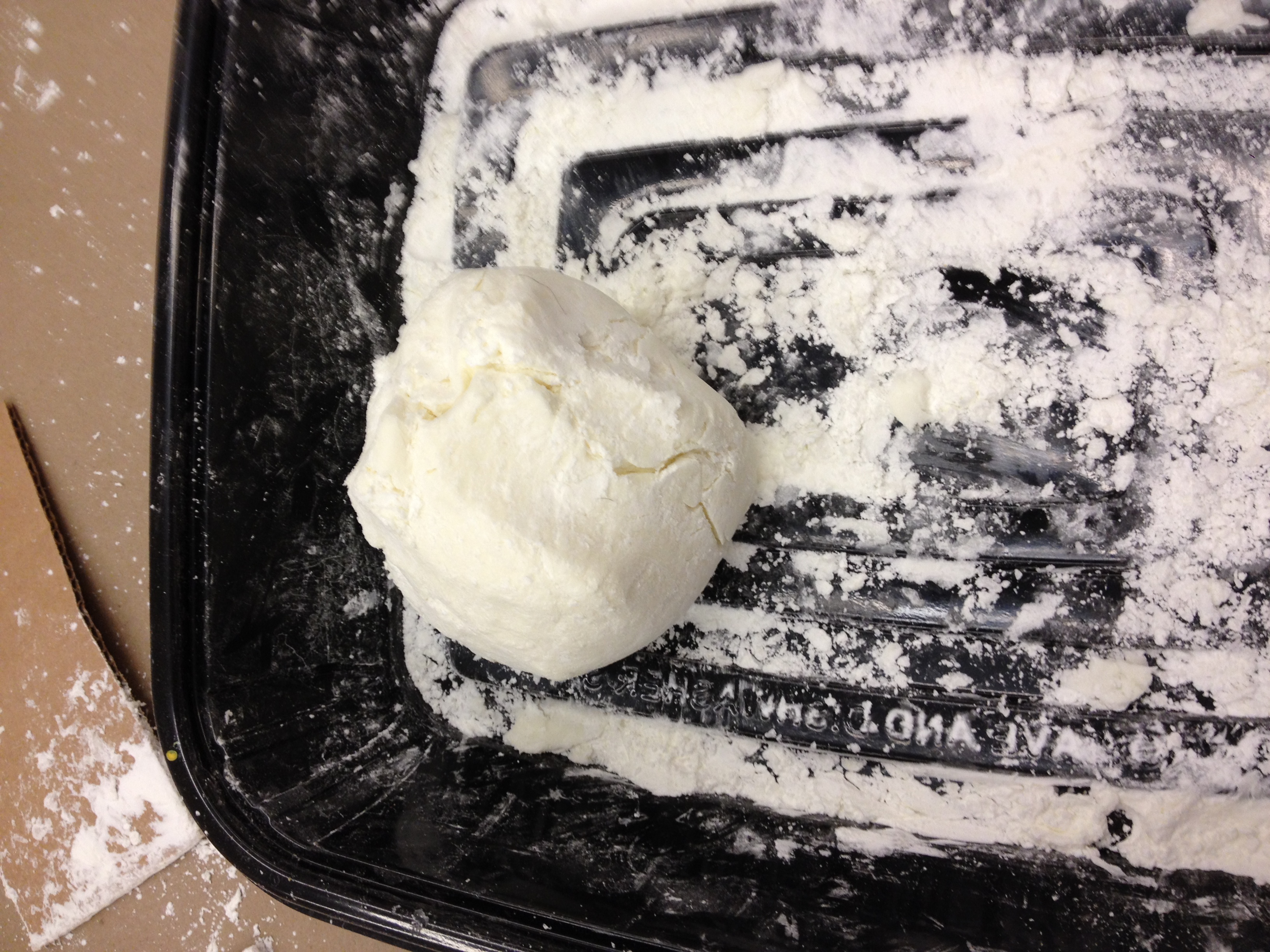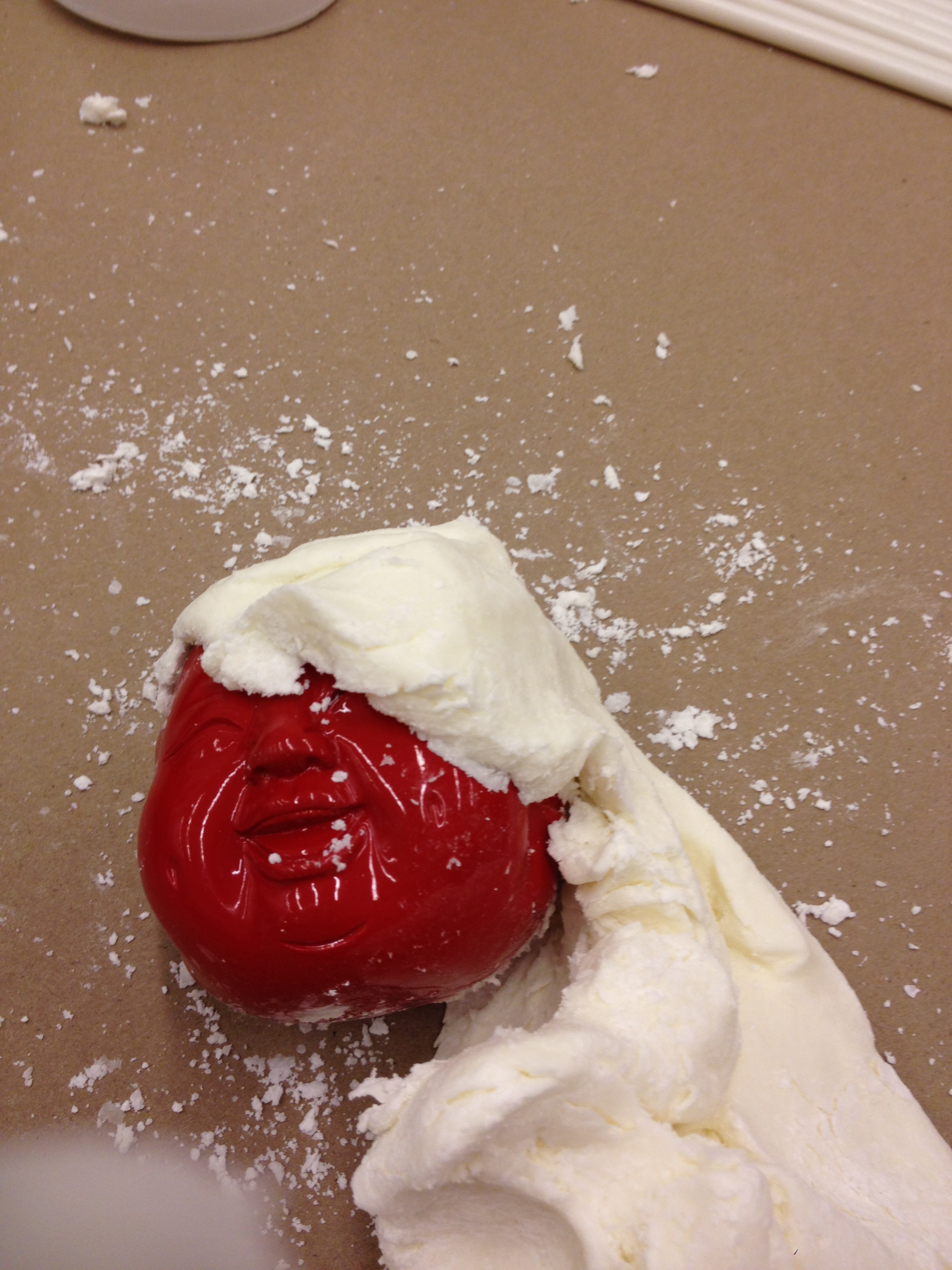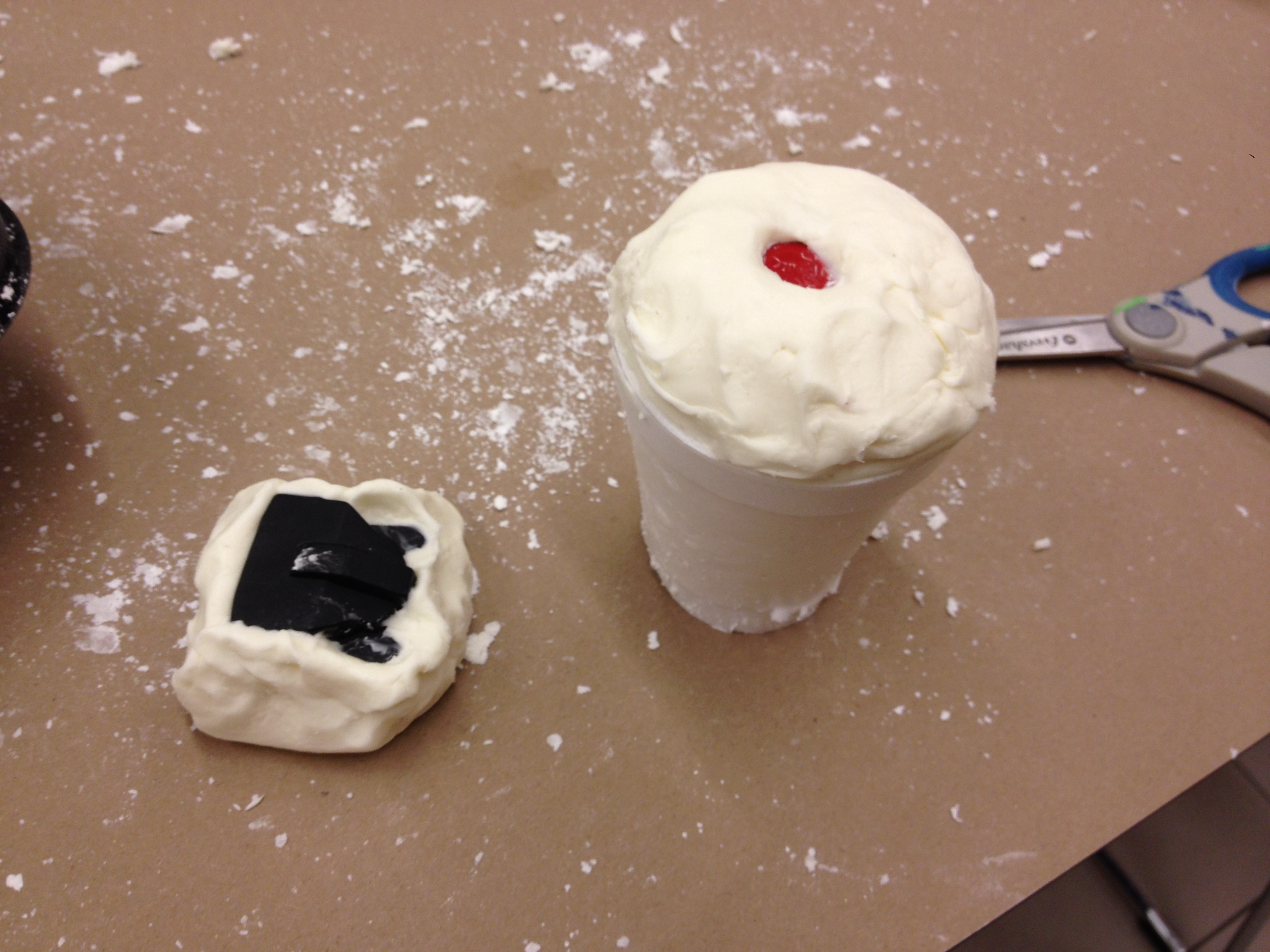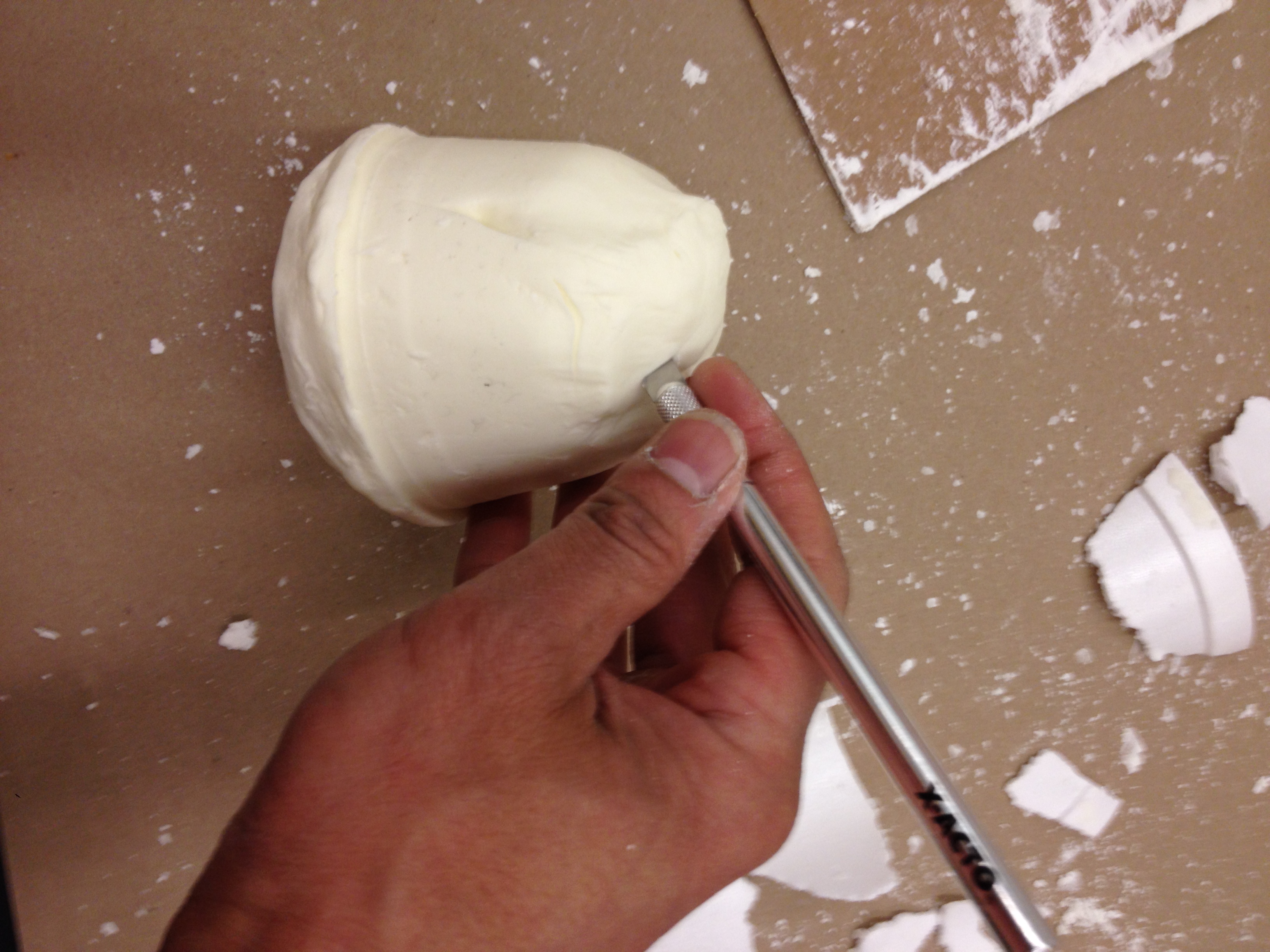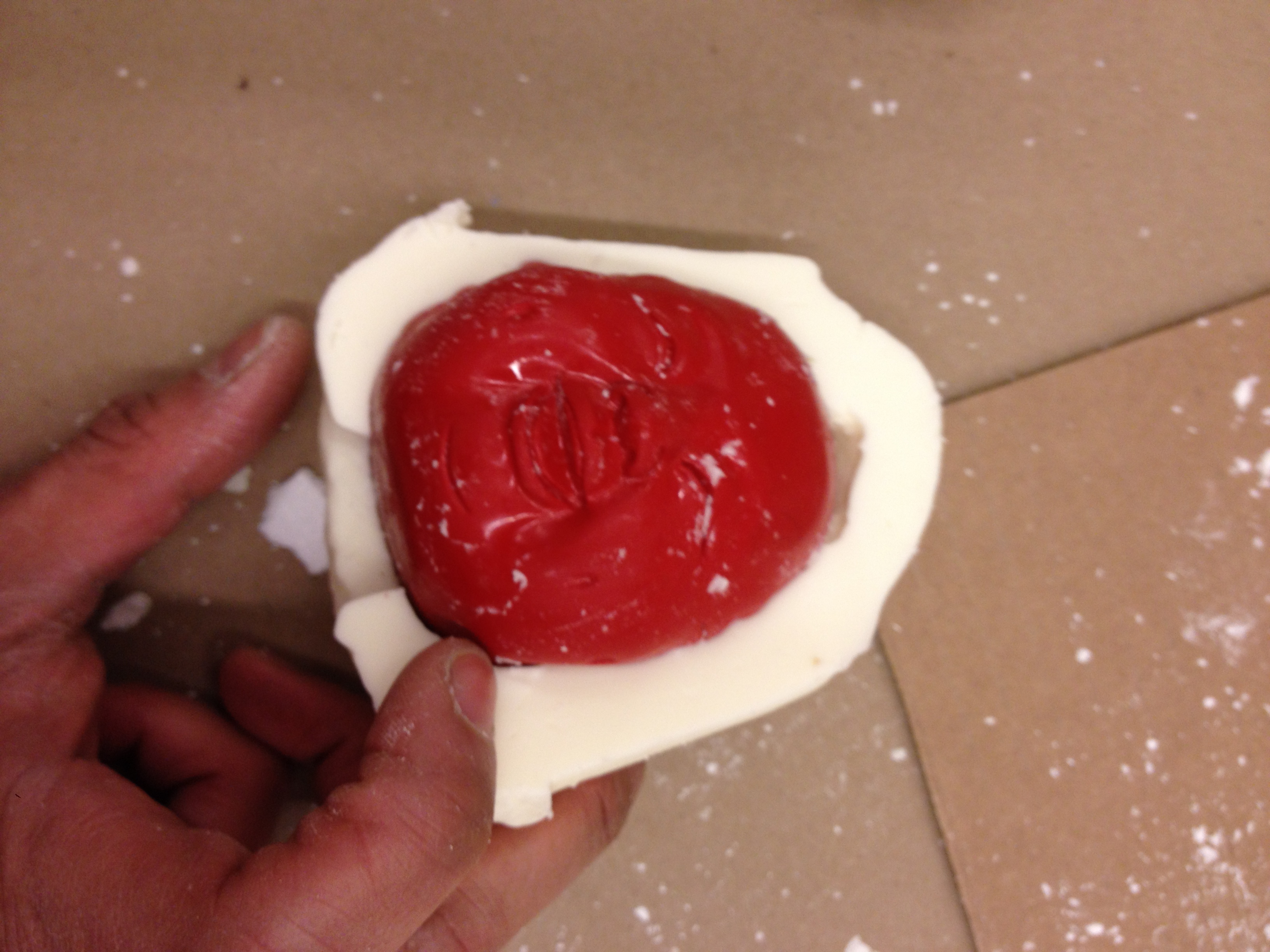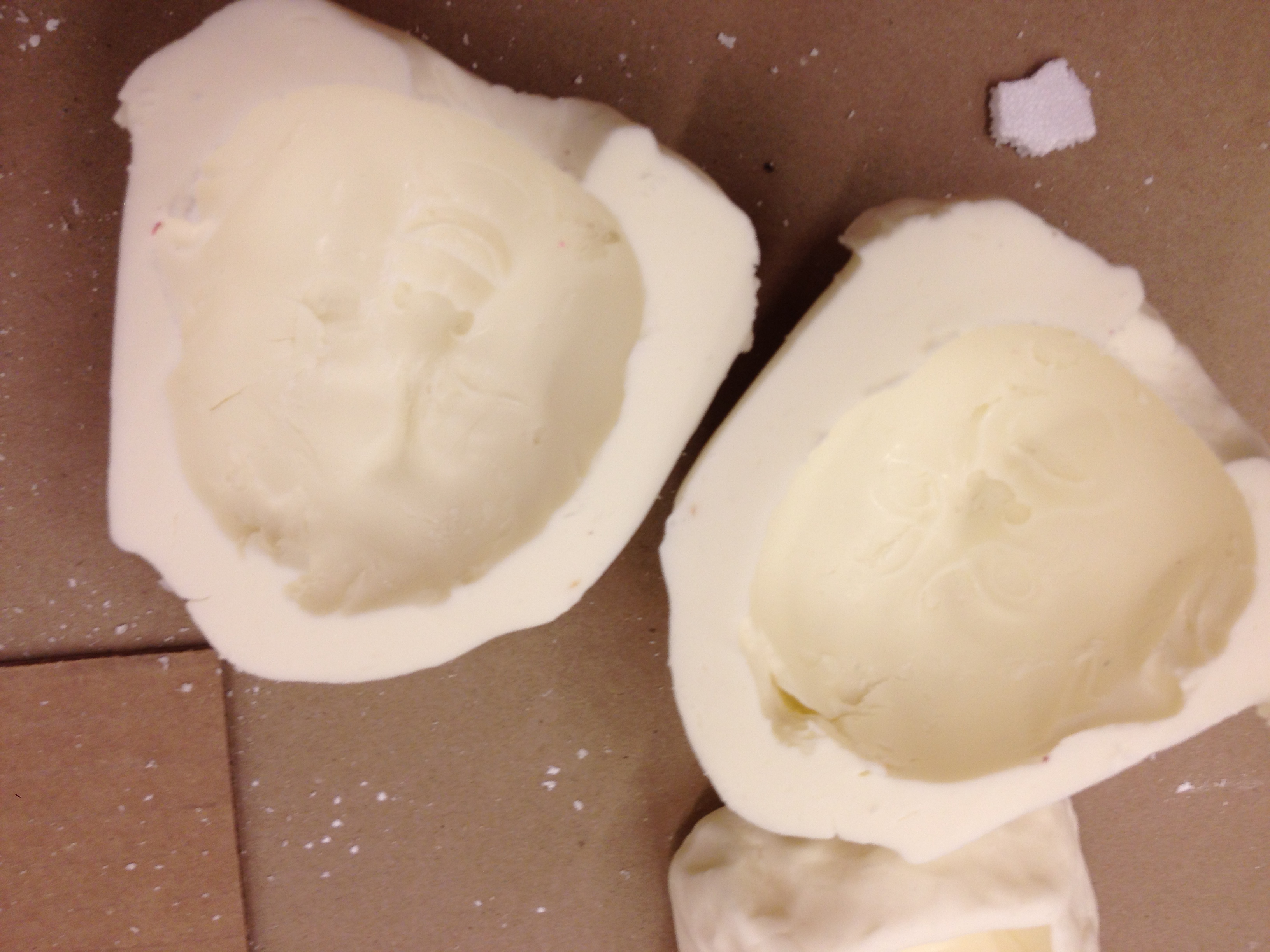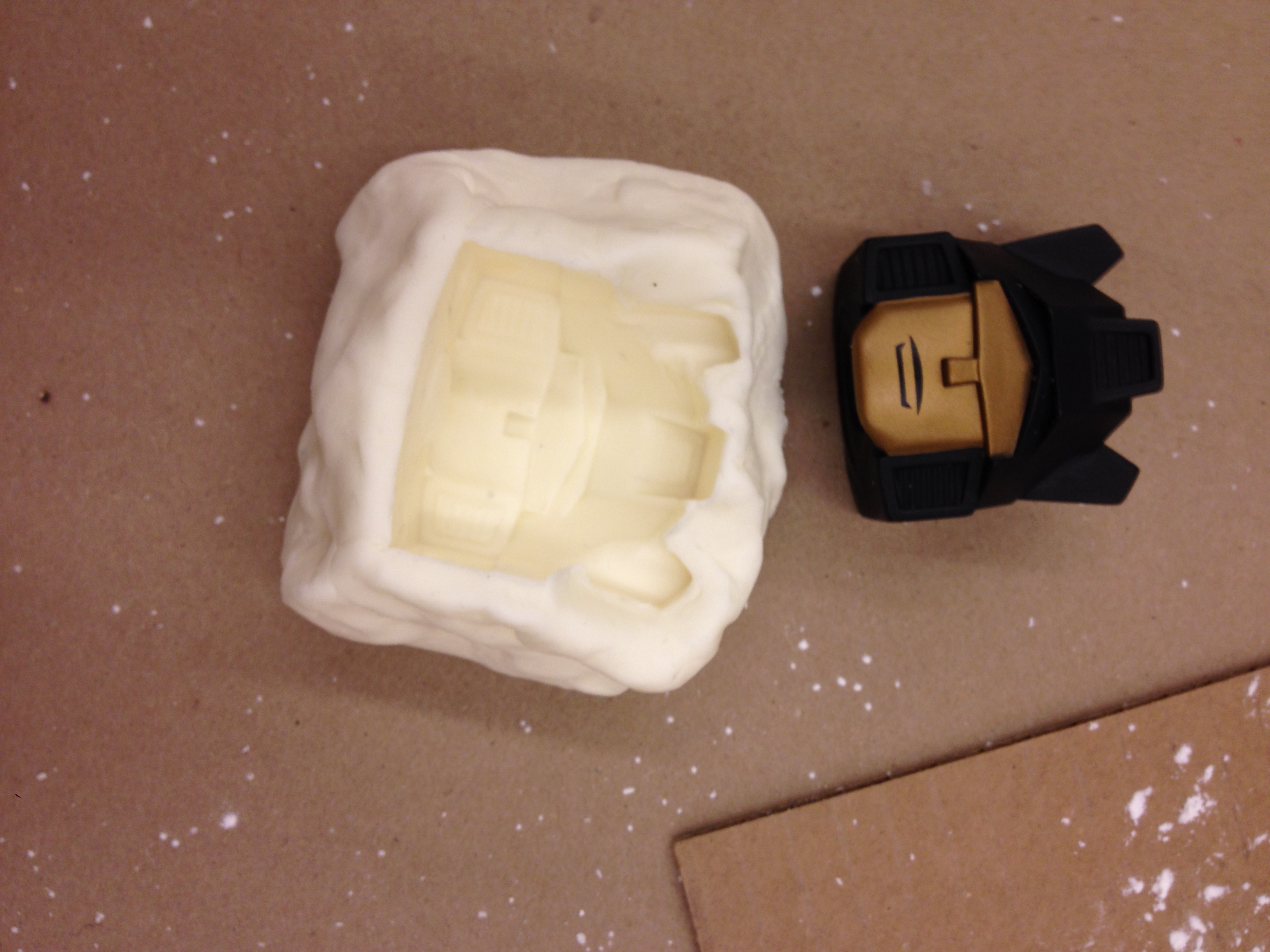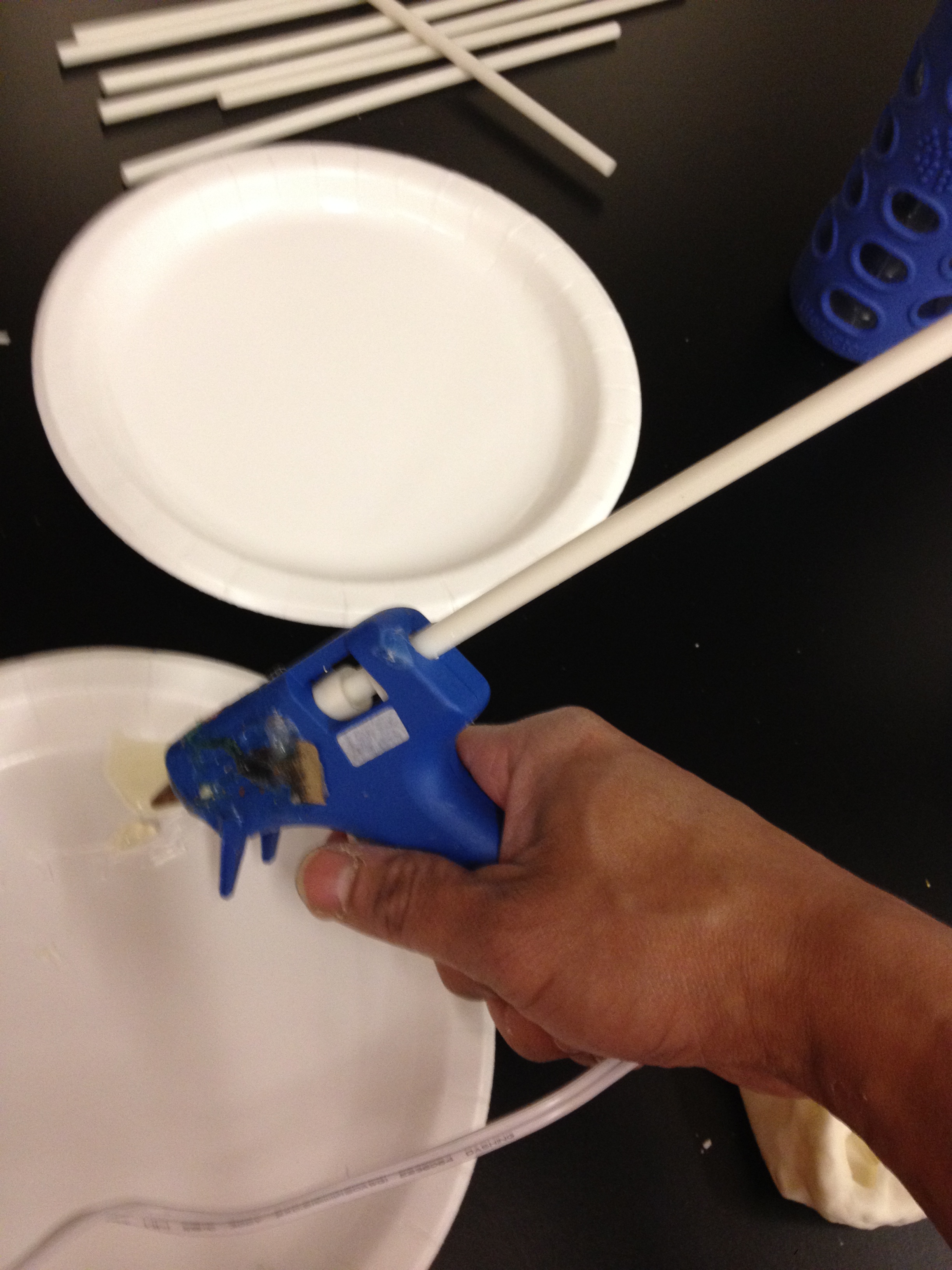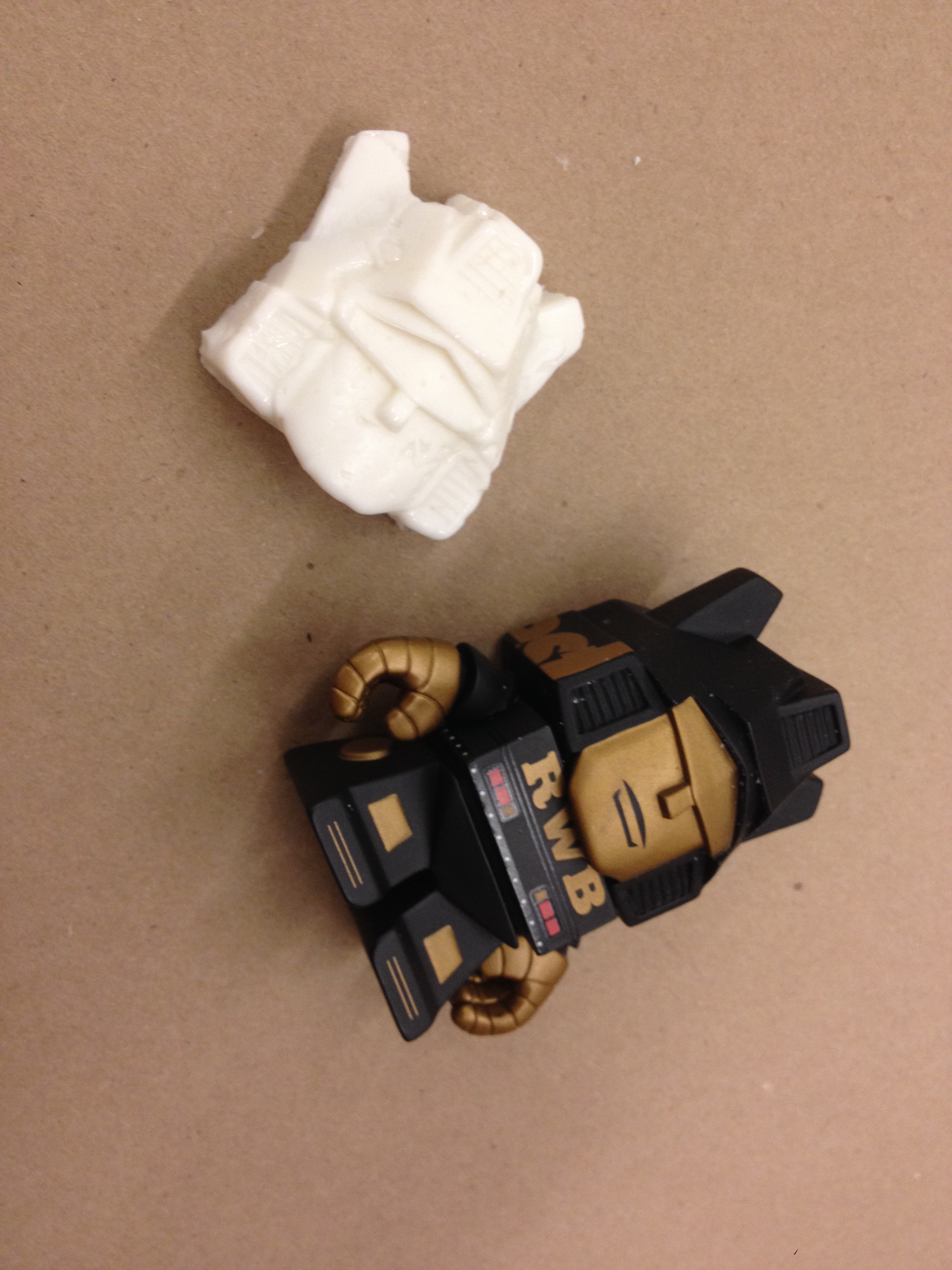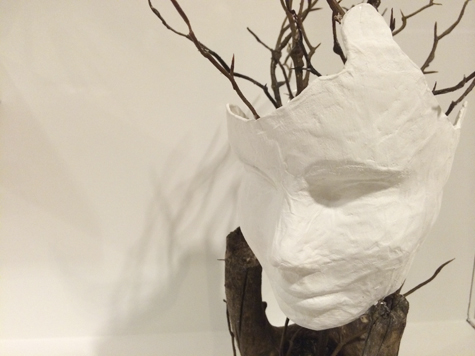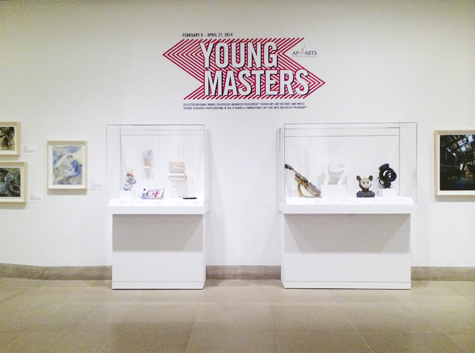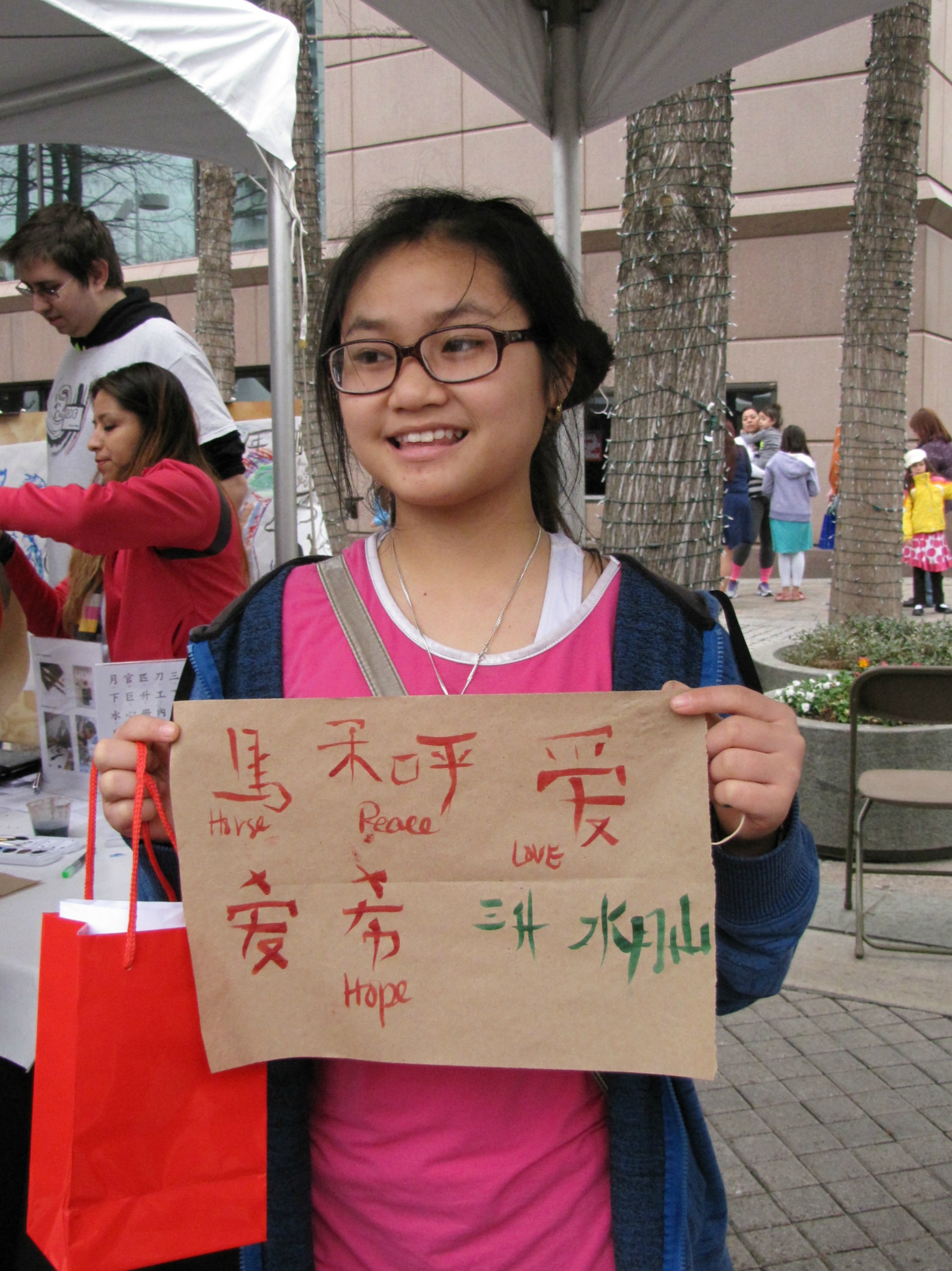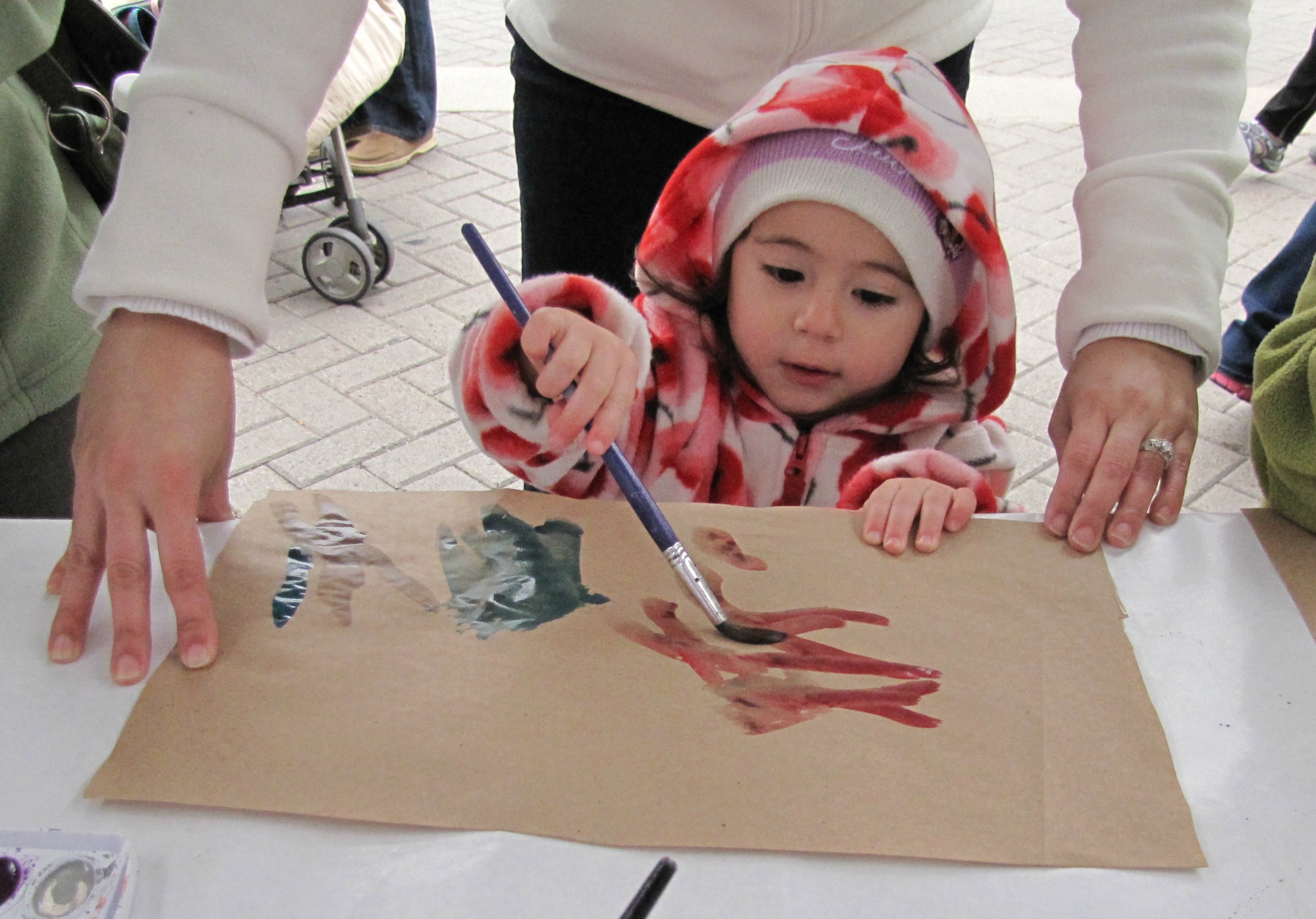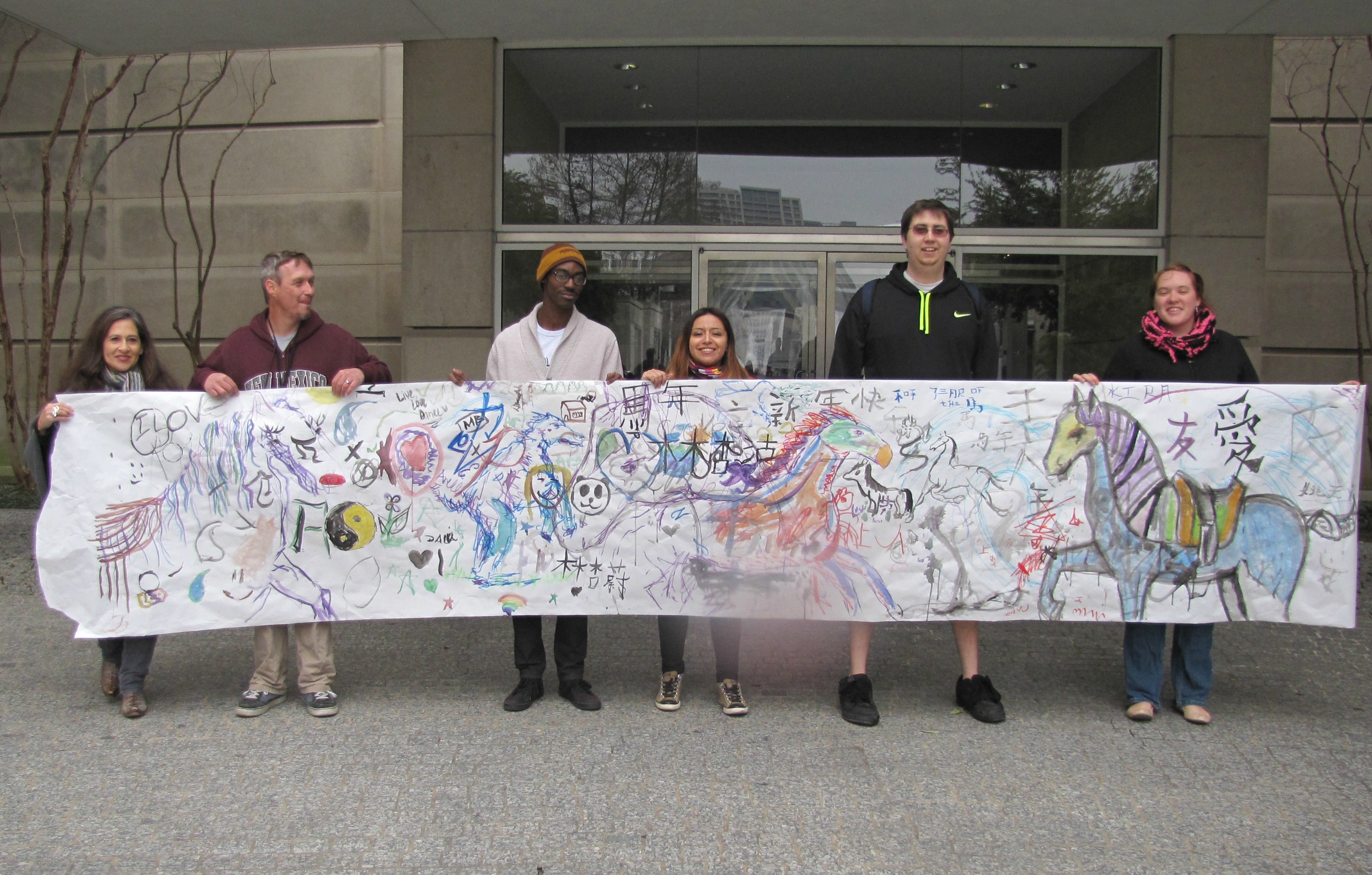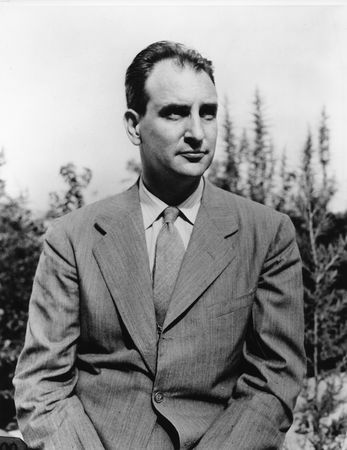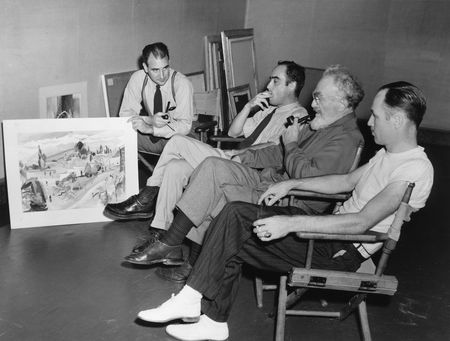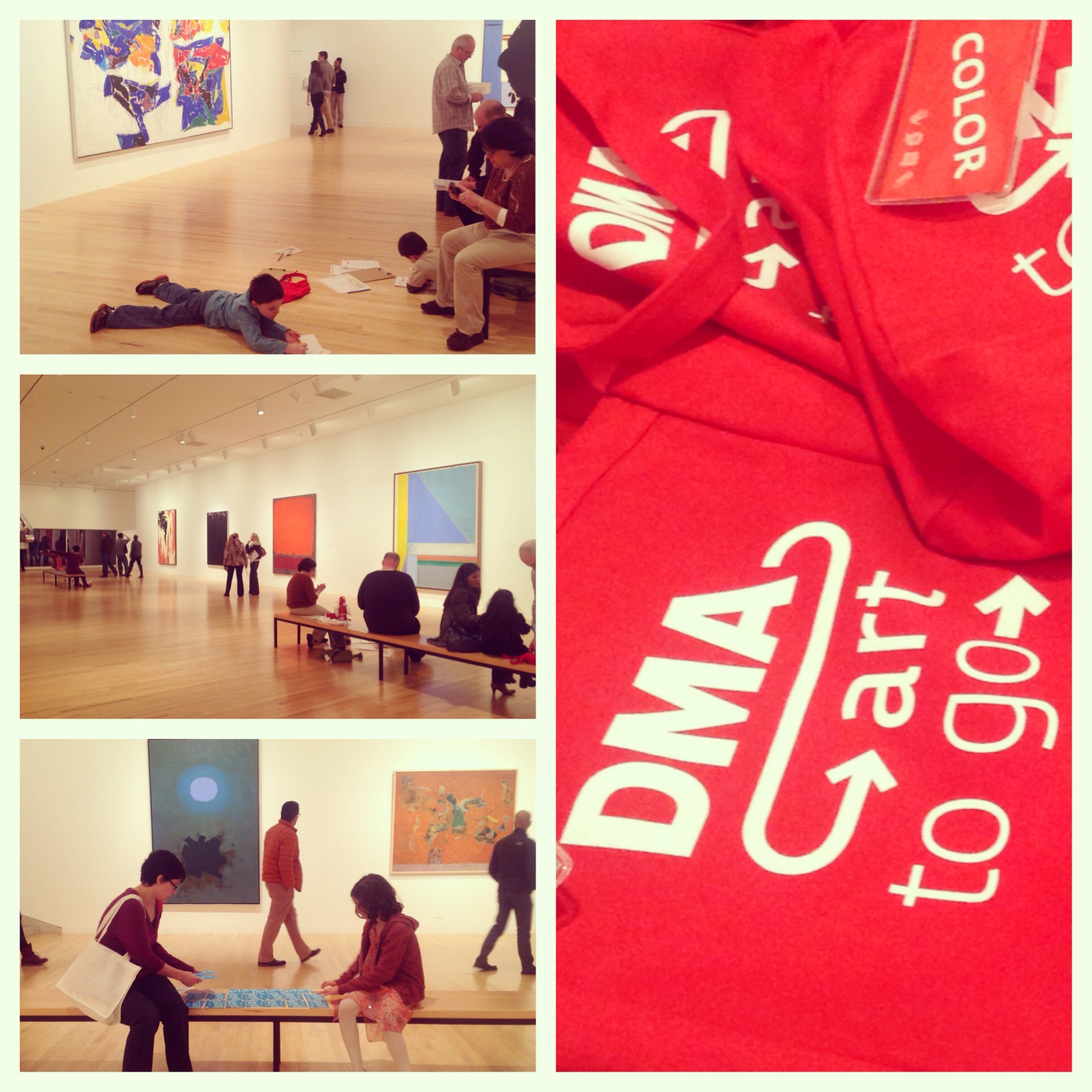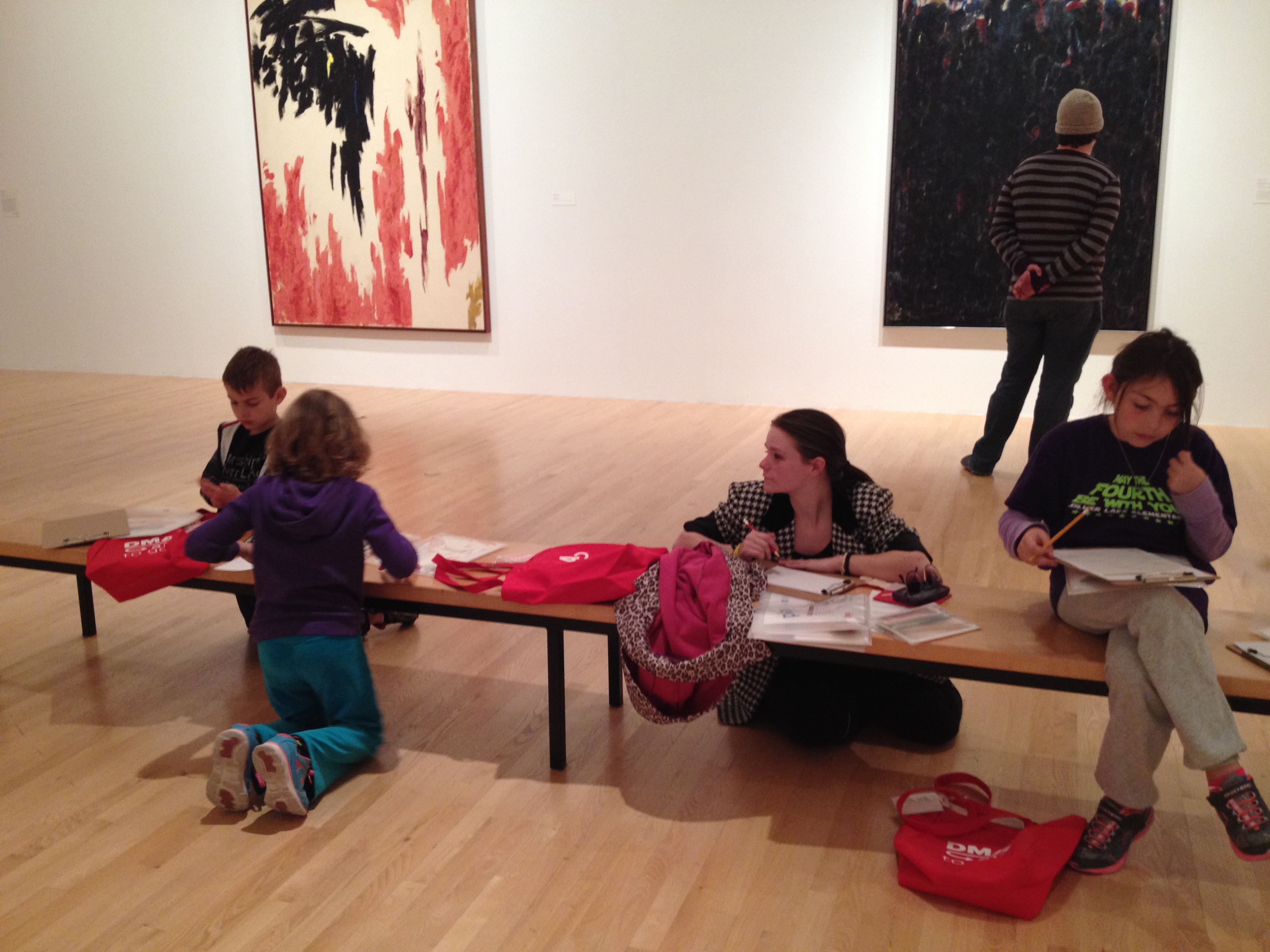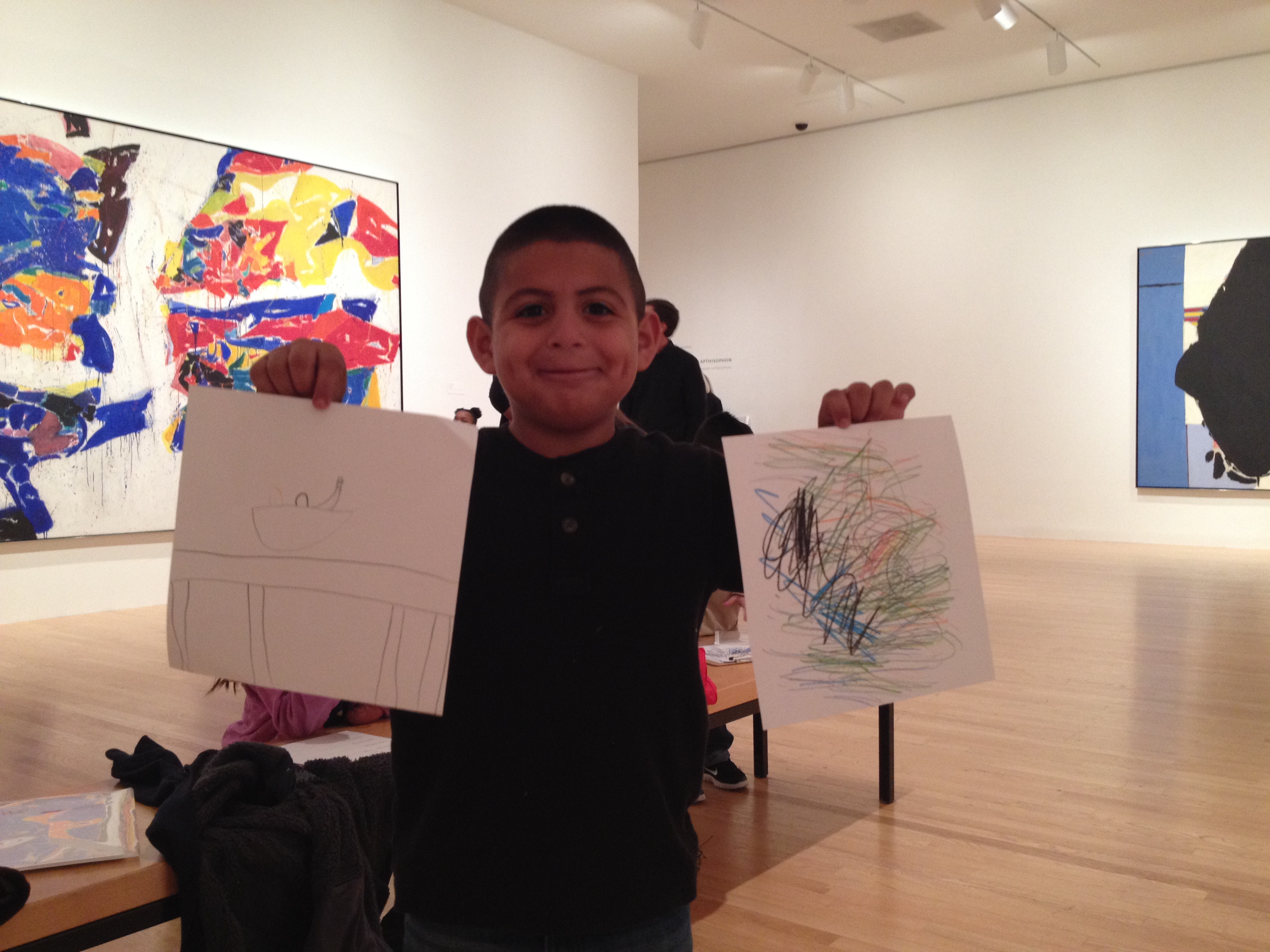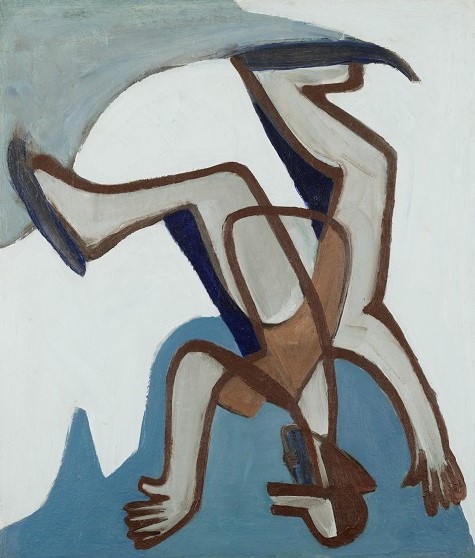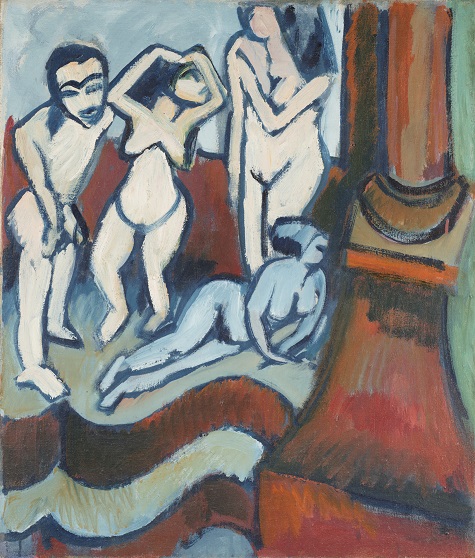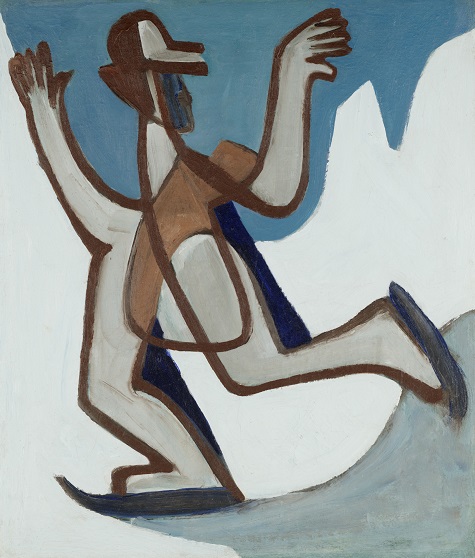A pair of tiny gold earrings in our Ancient Mediterranean gallery was the inspiration for this month’s recipe. Of course jewelry always makes a perfect gift for Valentine’s Day, but these little beauties are particularly appropriate since they depict Eros, the Greek god and Valentine’s Day icon better known as Cupid. But if you can’t afford any ancient golden jewelry for your Valentine this year, how about whipping up some miniature golden cupcakes instead? And be sure to use Meyer lemons to make these goodies extra sweet for your sweetie!
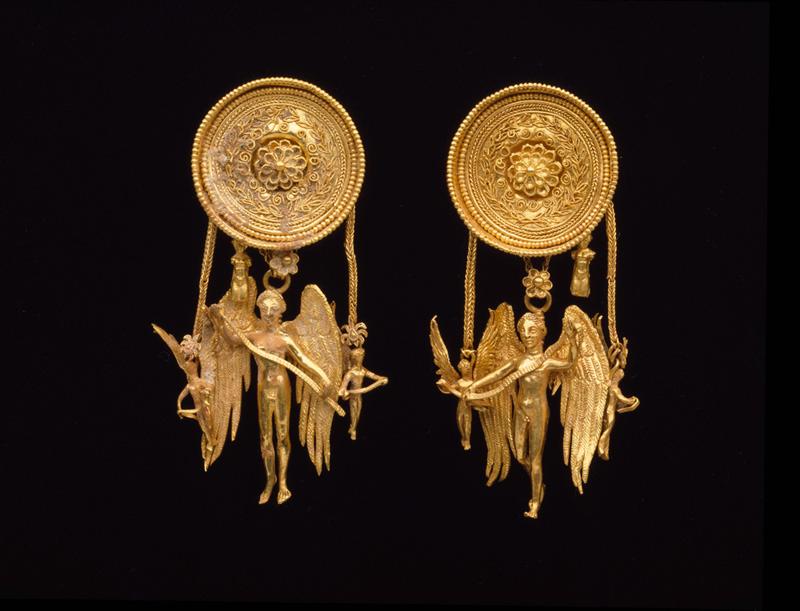
Eros earrings, Greek, late 4th century B.C., Dallas Museum of Art, the Cecil and Ida Green Acquisition Fund
Meyer Lemon Mini Cupcakes
Yields about 48 cupcakes
Level: Easy
Cupcakes:
½ cup (1 stick) unsalted butter, room temperature
1 cup sugar
3 large eggs, room temperature
Zest and juice of 2 Meyer lemons
6 ounces vanilla yogurt
2 cups all-purpose flour
1 teaspoon baking powder
½ teaspoon salt
Preheat oven to 350° F. Line mini muffin pan with paper liners.
In the bowl of a stand mixer fitted with paddle attachment, cream butter and sugar, beating at medium speed until light. Add lemon zest, then incorporate eggs one at a time, mixing well after each addition. Add lemon juice and yogurt and mix until fully combined.
In a separate bowl, stir together flour, baking powder, and salt. Slowly add flour mixture to mixer, mixing on low speed and scraping down sides of bowl until just incorporated.
Divide batter into muffin cups, using a tablespoon scoop to fill each cup ¾ full. Bake about 11 minutes, or until a toothpick inserted in the center comes out clean. Allow to cool completely before frosting.
Frosting:
¼ cup (½ stick) unsalted butter, room temperature
4 ounces cream cheese, room temperature
Zest and juice of 1 Meyer lemon
2 teaspoons limoncello liqueur (optional)
3 cups powdered sugar, sifted
Whip butter and cream cheese in the bowl of a stand mixer fitted with whisk attachment on medium-high speed until creamy. Continue to mix on low while adding lemon zest, limoncello, and half the powdered sugar. Squeeze in juice from half the lemon and incorporate remaining sugar, mixing on low until combined. Add additional juice to reach desired consistency for spreading or piping.
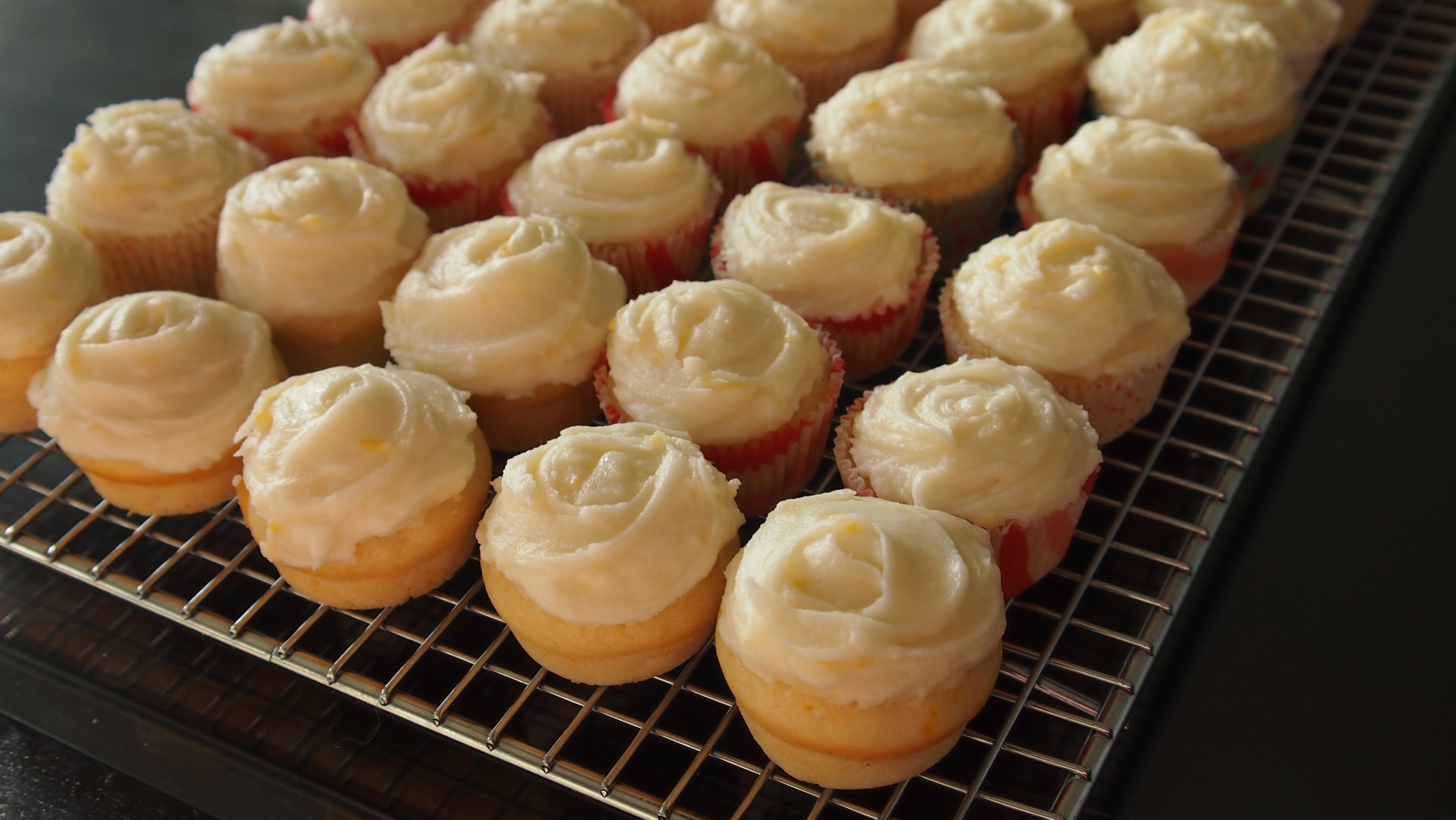
Recipe adapted from Brown Eyed Baker.
Sarah Coffey
Assistant to the Chair of Learning Initiatives

